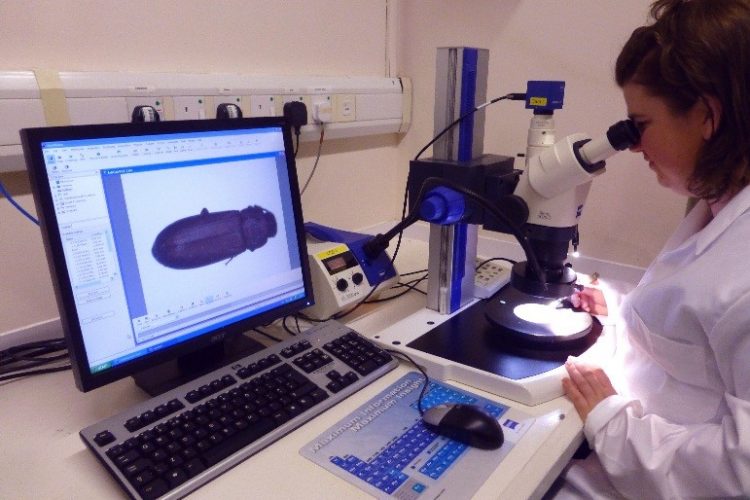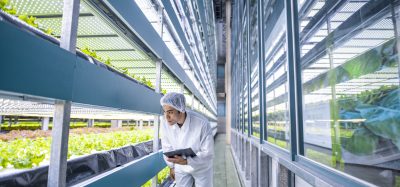The increased usage of microscopy
- Like
- Digg
- Del
- Tumblr
- VKontakte
- Buffer
- Love This
- Odnoklassniki
- Meneame
- Blogger
- Amazon
- Yahoo Mail
- Gmail
- AOL
- Newsvine
- HackerNews
- Evernote
- MySpace
- Mail.ru
- Viadeo
- Line
- Comments
- Yummly
- SMS
- Viber
- Telegram
- Subscribe
- Skype
- Facebook Messenger
- Kakao
- LiveJournal
- Yammer
- Edgar
- Fintel
- Mix
- Instapaper
- Copy Link
Posted: 5 July 2017 | New Food | No comments yet
In a society with a “no win, no fee” culture – the robust scientific techniques of microscopy are becoming increasing called upon to proactively understand the causes and implications of foreign bodies.


Unfortunately stories concerning the discovery of foreign bodies in food products are all too common in the UK, as are the possible product recalls and brand damage that come alongside their discovery. Consumers have a plethora of platforms to raise concerns about foreign bodies, with daily examples on social media, raising awareness of issues within the industry – but finding a foreign body is only the start of the investigation which ultimately leads to a much bigger question…
How did it get here?
Investigations into foreign bodies have continuously developed over the last 20 years to be able to analyse samples to give indications of, not only what the foreign body is, but how it might have got into the product and steps to ensure it could not occur again.
Techniques such as Phosphatase testing (of meat/insects) can tell you if something has been heat treated – therefore where in the factory (if indeed it was in the factory) the foreign body entered. Testing for α-Amylase can determine if a foreign body has been in the mouth, this can be coupled with analysis for dental amalgam or blood to confirm if it has caused any damage. These techniques, alongside identification of the foreign bodies themselves, is allowing the industry to conduct robust and thorough investigations, continuously improving manufacturing processes as well as giving the industry the confidence and scientific data to prove false claims.









